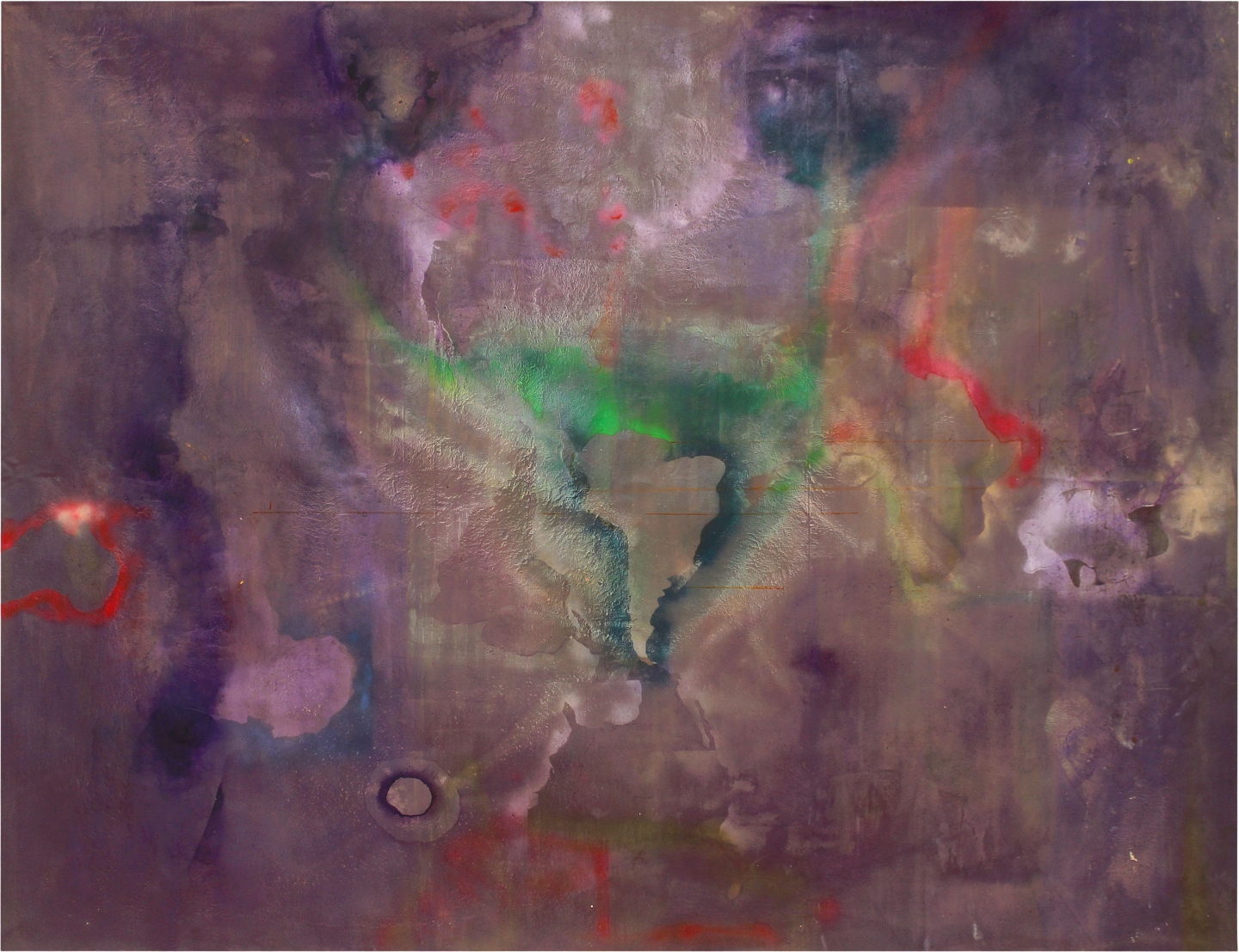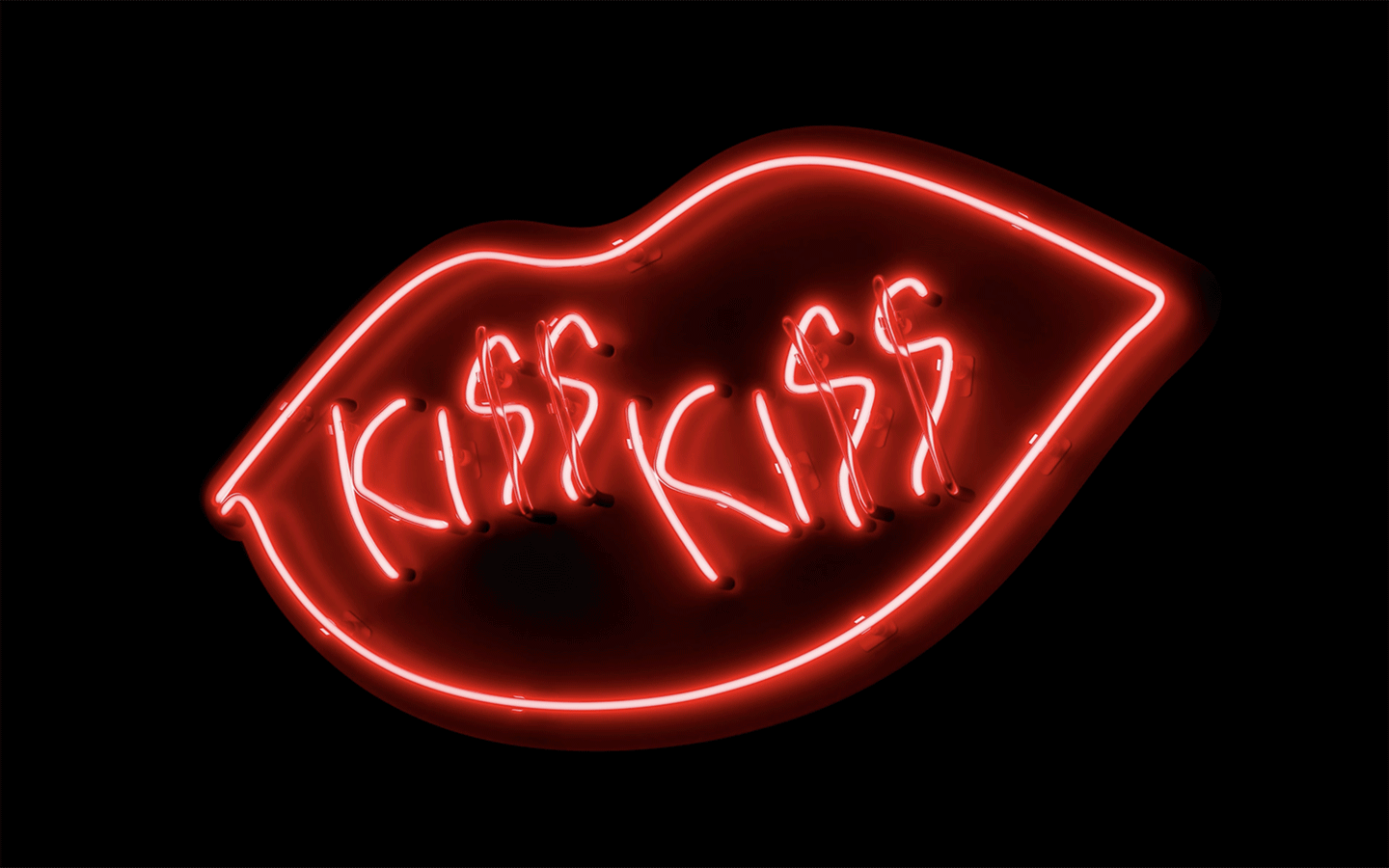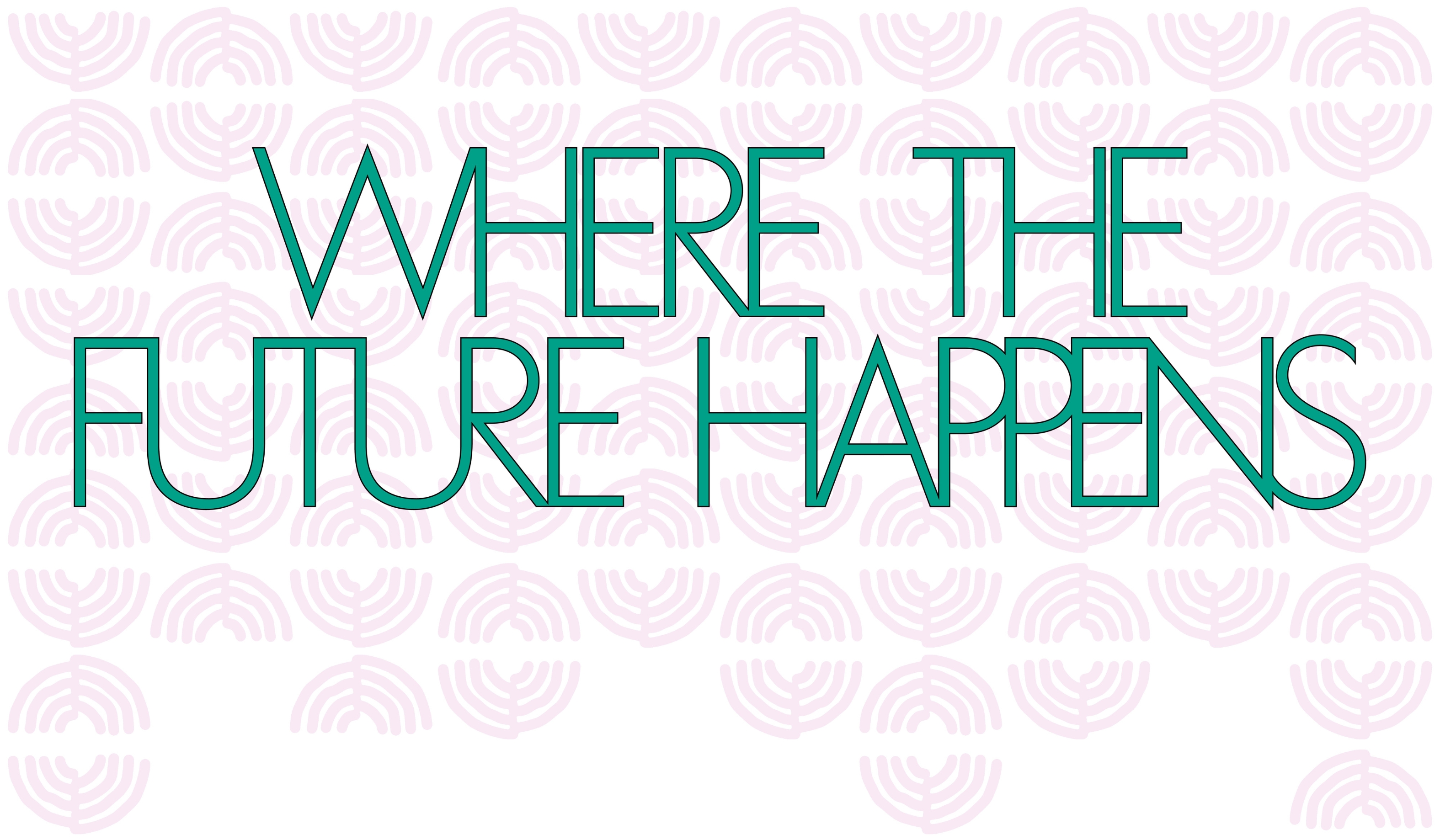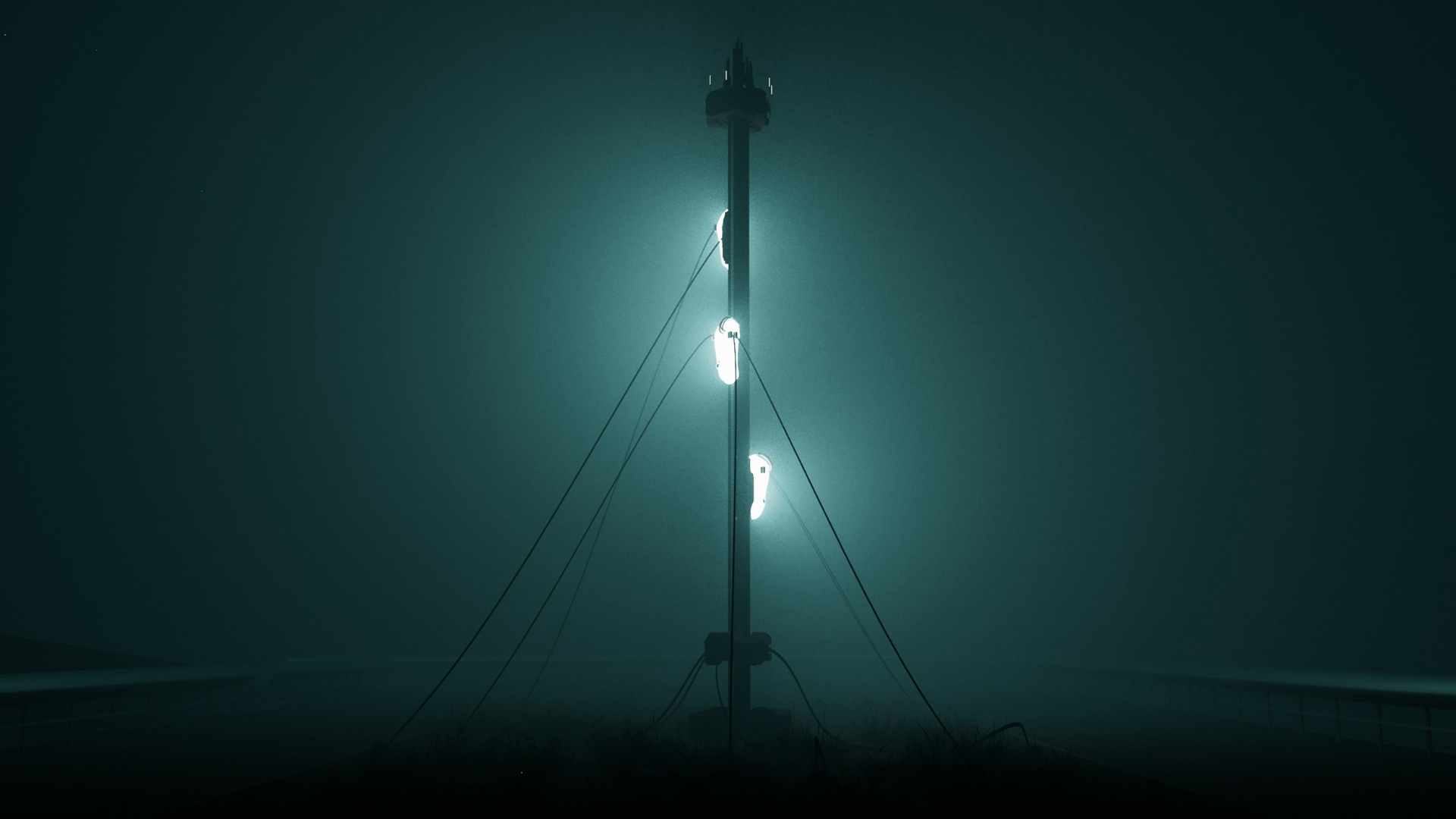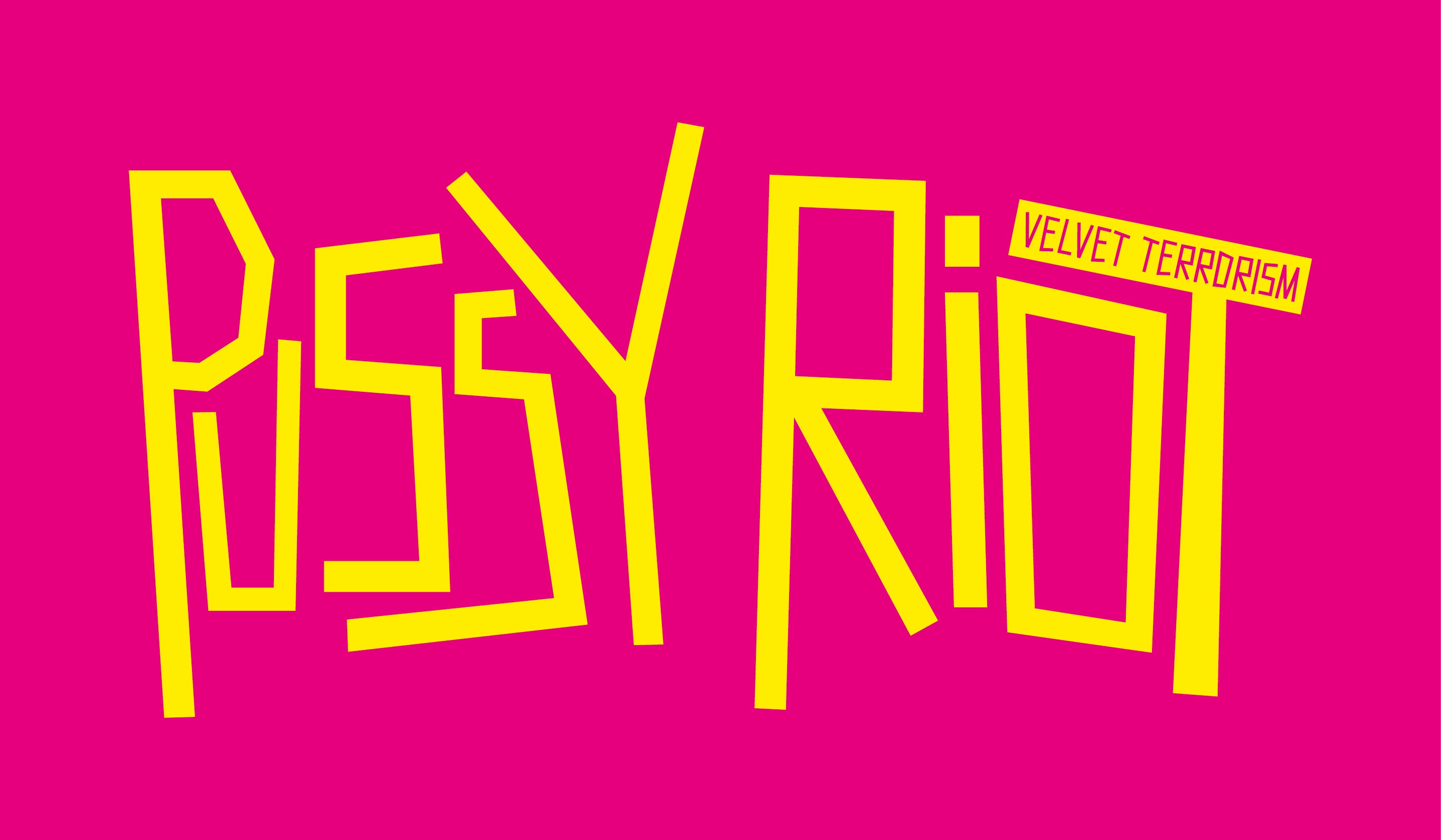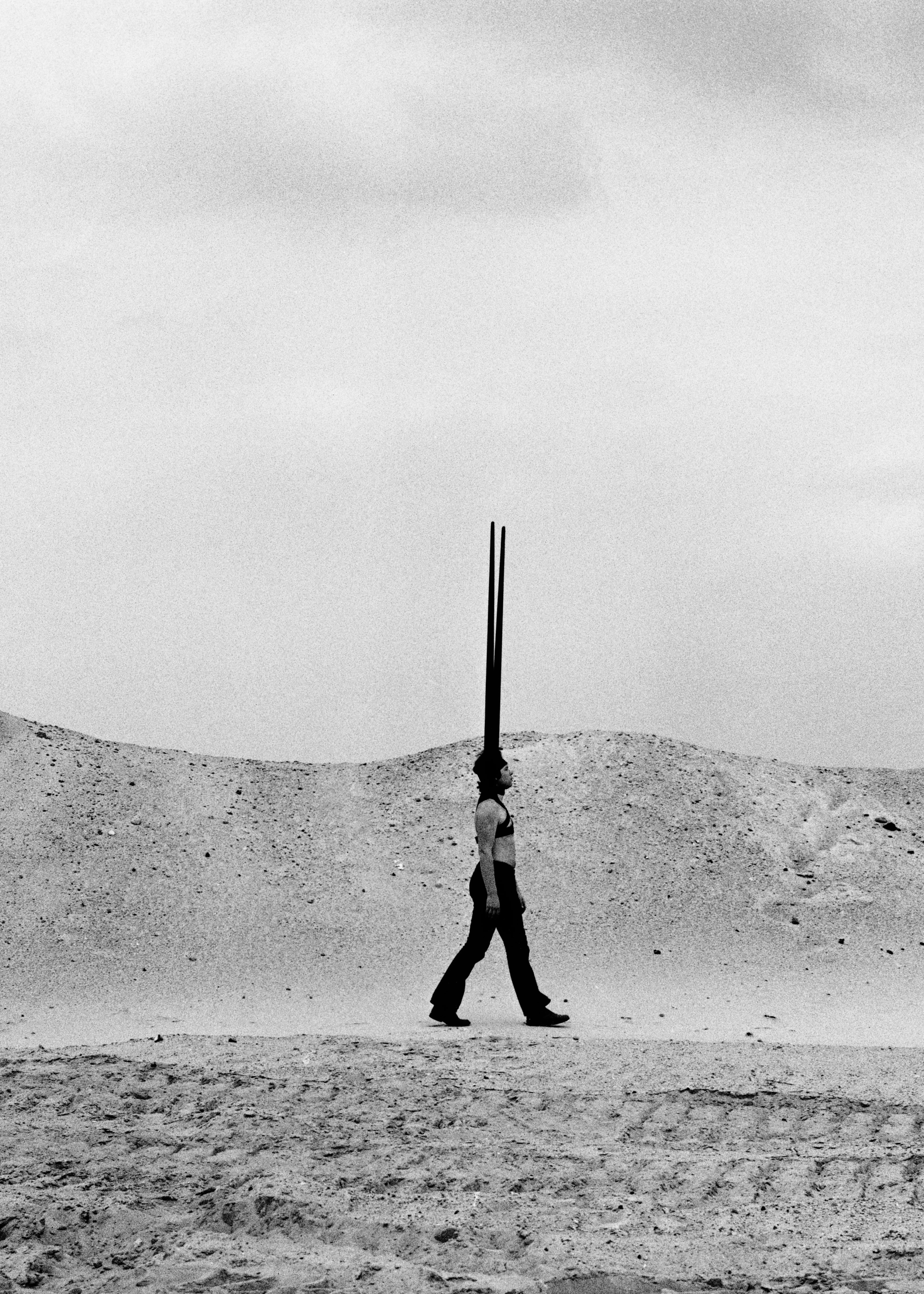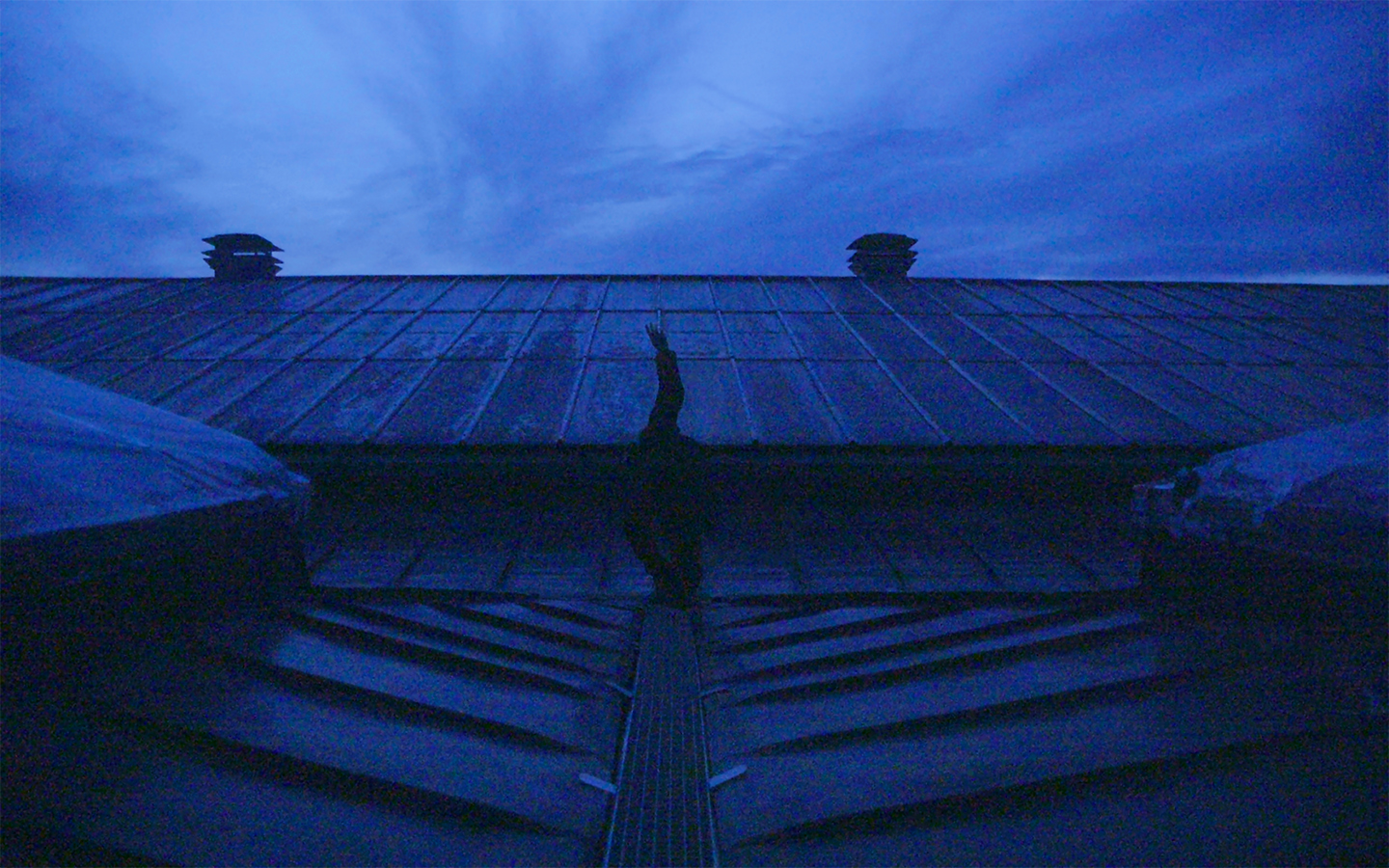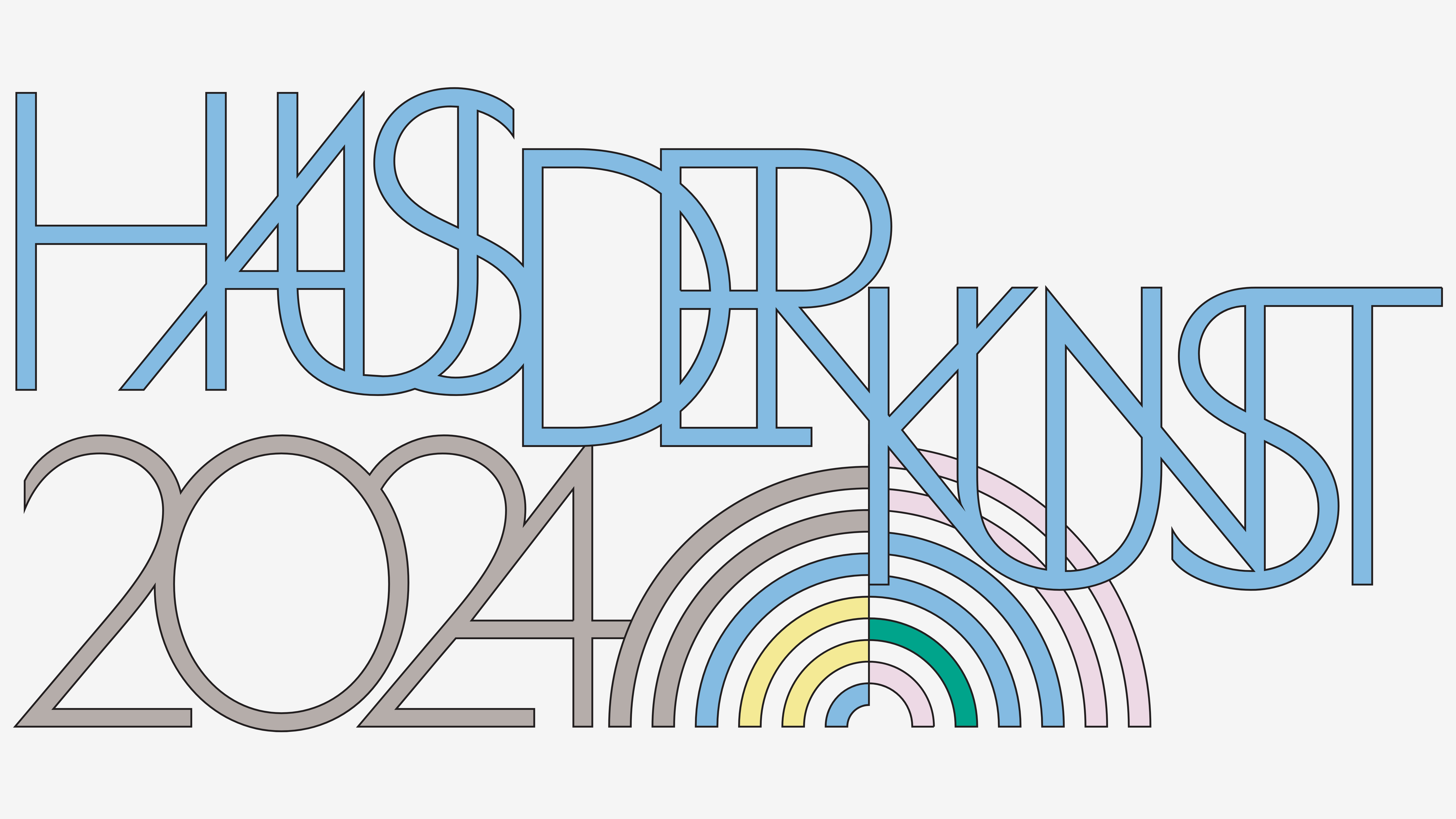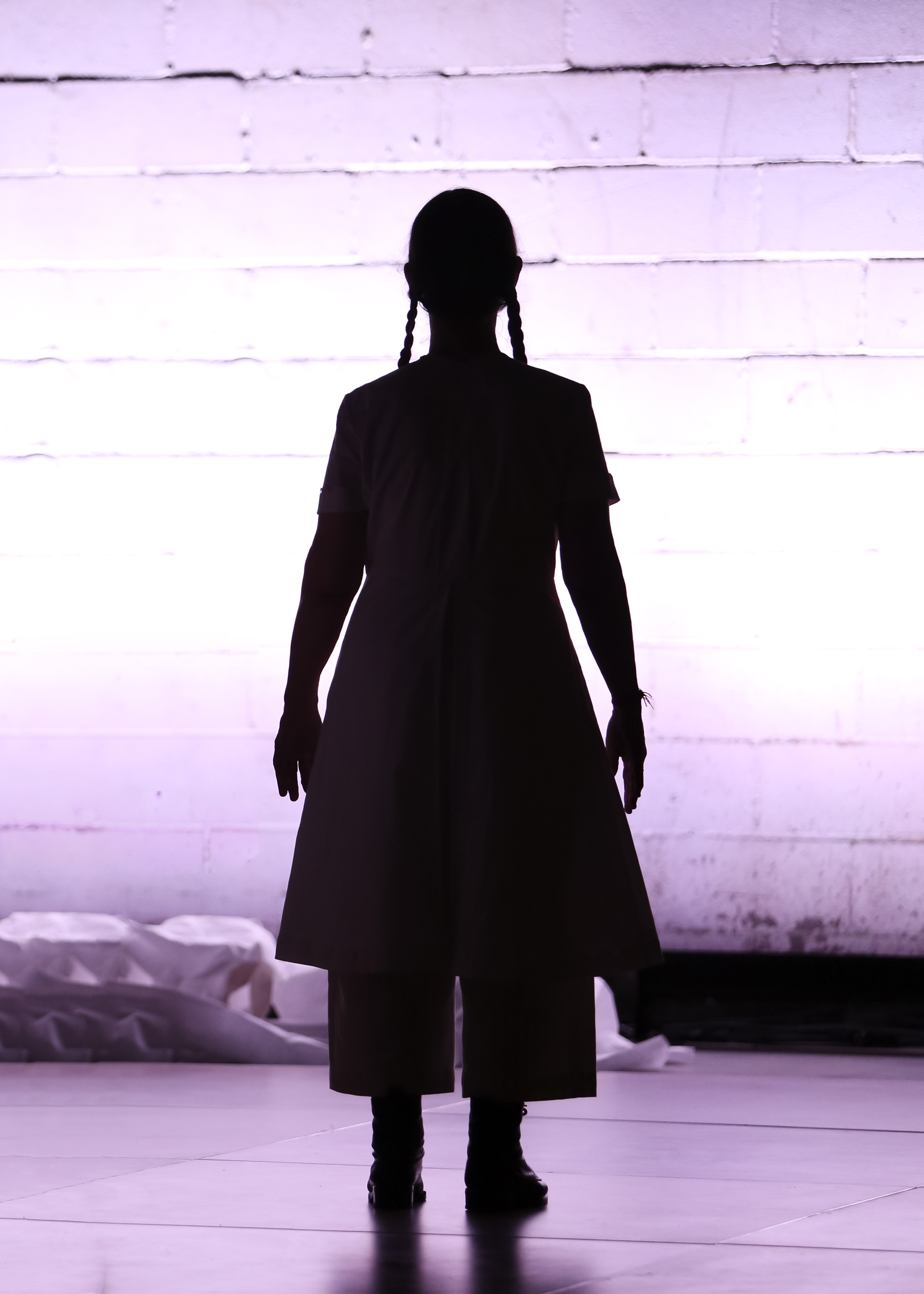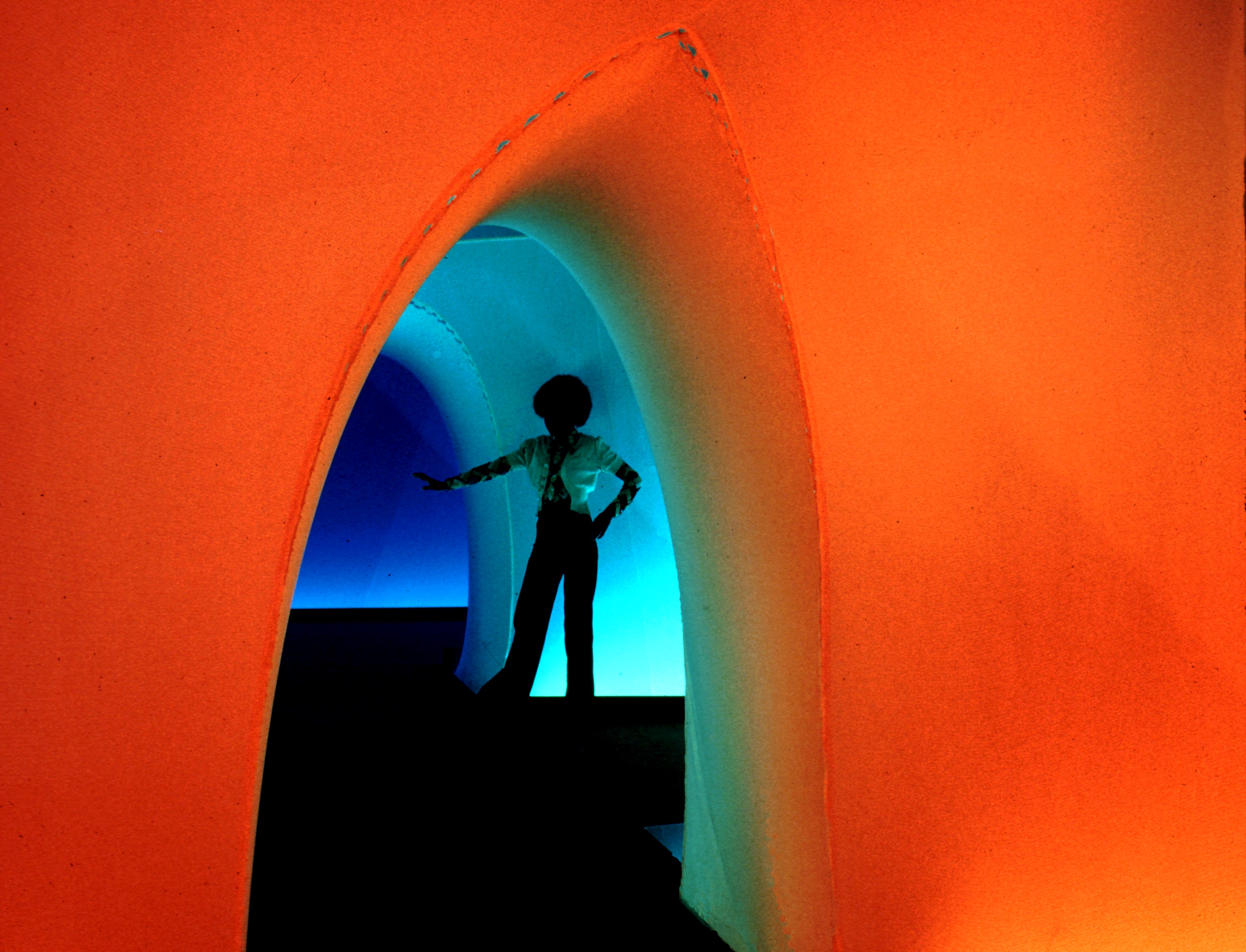Mappa Mundi
June 23, 2017–January 7, 2018
Munich 80538
Germany
Hours: Monday and Wednesday–Sunday 10am–8pm
Thursday 10am–10pm
T +49 89 21127113
mail@hausderkunst.de
Haus der Kunst is pleased to present a comprehensive survey of the work of Guyanese-British artist Frank Bowling. Covering five decades, the exhibition Frank Bowling: Mappa Mundi gives an overview of Bowling’s artistic achievement with a focus on his monumental and large-scale paintings.
Born in Bartica, British Guiana in 1934, Bowling left his native country at the age of nineteen, arriving in London in 1953, just as the city was experiencing a surge in immigration from the West Indies and across the territories of the former British empire. In a distinguished career of nearly six decades, Bowling transformed angst-ridden, expressionistic figuration into modulated color abstraction, producing some of the most ambitious and remarkable paintings to emerge out of Britain in the 1960s.
In 1966 Bowling relocated from London to New York, where he met a wide range of artists operating across different aesthetic and formalist principles. The intense discussions around form and process, representation and abstraction, challenged his own conception of painting. The large vibrant paintings presented in this exhibition introduce the dramatic shift in his pictorial language from figuration to abstraction. This shift opened up fresh possibilities of the painted surface which has preoccupied him till today.
The change in artistic context completely reoriented his critical approach. At the same time, New York confronted him with some of the most ambitious abstract painting and politically-oriented works of the American scene, which provided him a forum to test his own ideas about abstraction against the backdrop of a radical political critique of art by black artists in a period when the rhetoric of Black power was ascendant in the post-Civil rights era. The debates furnished new insights into his own artistic and intellectual commitment, and with it a gradual critical investment in the practice of abstract painting that neither deemphasized politics, nor disavowed the legibility of content.
For an artist born in a colonial context in South America, the complex relationship between art and identity acquired a new resonance. Henceforth, painting was understood as a theater of artistic subjectivity, which questioning the formalist principles of the structural autonomy of the painted picture. The great series of works known as the “Map Paintings” emerged at this time. These paintings were in part a response to the search for new ideas, form, and subject matter within the complex political space of social and artistic identity.
Frank Bowling: Mappa Mundi for the first time unites the largest number of his paintings ever presented in an exhibition. As when first produced, today, the “Map Paintings” and subsequent works remain unparalleled pictures of astonishing physical power and stunning visual drama. Rarely has the experience of painting conveyed the feeling of such physical and optical sensation.
Oceanic and cartographic, Mappa Mundi, describes the absorptive presence of the paintings in this survey, with many never or rarely exhibited works. Playing with the idea of epic form, the scale of the paintings enables the eyes to roam across the expanse of the canvas while giving the beholder a sense of both temporal and spatial orientation. One perceives in the optical modulation of Bowling’s paintings, especially when seen from the contingent edges of the canvas, a world of moving shapes, rather than fixed locations. The result is a chromatic repertoire of dazzling colors and muted tones, hot intensity and cool temperatures, density and tactility, transparency and opacity that slowly unfold a sensational visual drama.
The exhibition is curated by Okwui Enwezor with Anna Schneider and is organized by Haus der Kunst in collaboration with IMMA, Irish Museum of Modern Art and Sharjah Art Foundation.
Accompanying the exhibition is the fully illustrated catalogue: Frank Bowling: Mappa Mundi, edited by Okwui Enwezor and with contributions by Frank Bowling, Okwui Enwezor, Kobena Mercer, Anna Schneider, Zoe Whitley and Lynette Yiadom-Boakye; published by Prestel.
Talks & tours
June 23, 2017
Guided visit through the exhibition with Gilane Tawadros and Okwui Enwezor
The Sea is History: Art and Black Atlantic Cultures
A symposium around the work of Frank Bowling
October 20, 2017
Special thanks to Hales Gallery for their generous support of the exhibition.
Additional thanks to ICF International Curators Forum for the support of the symposium.
